Pin Description
VIN (Pin 1)
VIN is the input power source. Connect to a wall adapter.
GND (Pin 2)
GND is the connection to system ground.
STATUS (Pin 3)
STATUS is an open-drain output indicating charging and
inhibit states. The STATUS pin is pulled LOW when the
charger is charging a battery. It will be turned into high
impedance when the charge current drops to IMIN. This high
impedance state will be latched until a recharge cycle or a
new charge cycle starts. When the charger is disabled, the
STATUS pin outputs high impedance.
TIME (Pin 4)
The TIME pin determines the oscillation period by
connecting a timing capacitor between this pin and GND.
The oscillator also provides a time reference for the charger.
GND (Pin 5)
GND is the connection to system ground.
EN (Pin 6)
EN is the enable logic input. Connect the EN pin to HIGH to
disable the charger. Connect the EN pin to LOW or leave it
floating to enable the charger. There is an internal 400kΩ
pull-down resistor at this pin.
V2P8 (Pin 7)
This is a 2.8V reference voltage output. This pin provides a
2.8V voltage source when the input voltage is above the
POR threshold and outputs 0V otherwise. The V2P8 pin can
be used as an indication for adapter presence.
IREF (Pin 8)
This is the charge current programming and monitoring pin.
Connect a resistor between this pin and GND to set the
charge current during the constant current phase, as given
by Equation 1:
Where RIREF is in kΩ.
VSEN (Pin 9)
VSEN is the remote voltage sense pin. Connect this pin as
close to the battery positive terminal as possible. If the
VSEN pin is left floating, its voltage drops to 0V and the
charger operates in trickle mode.
VBAT (Pin 10)
VBAT is the connection to the battery. Typically a 10μF
Tantalum capacitor is needed for stability when there is no
battery attached. When a battery is attached, only a 0.1μF
ceramic capacitor is required.
 电子发烧友App
电子发烧友App








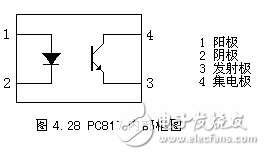

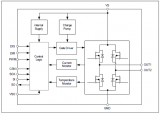
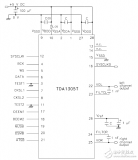
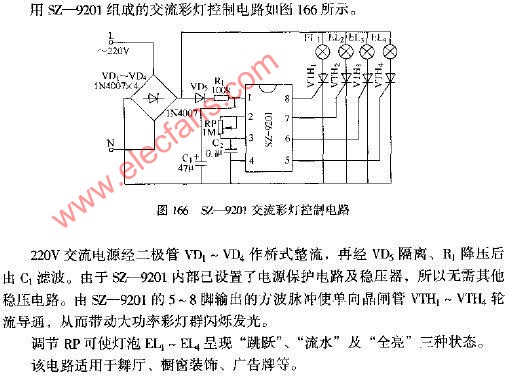
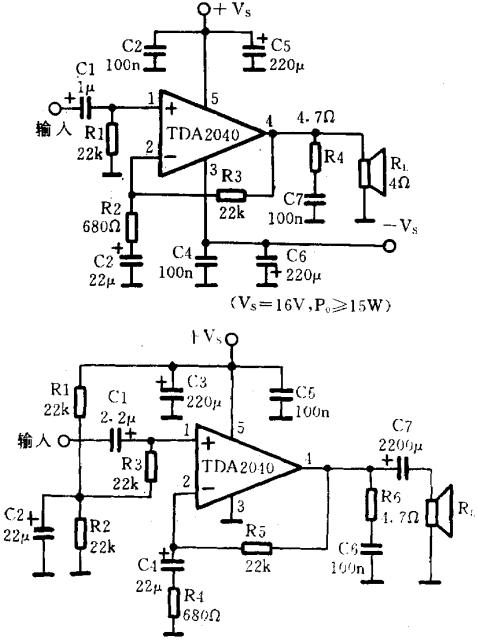
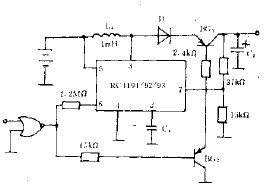
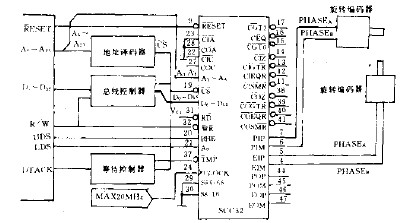
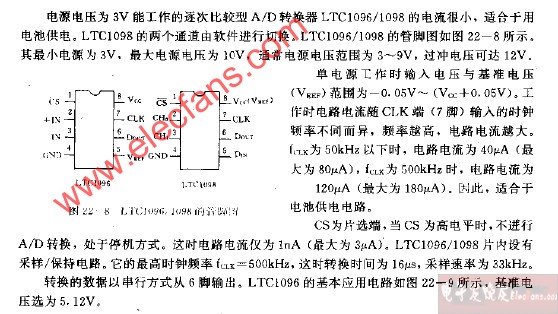
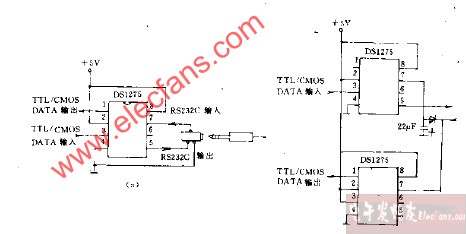
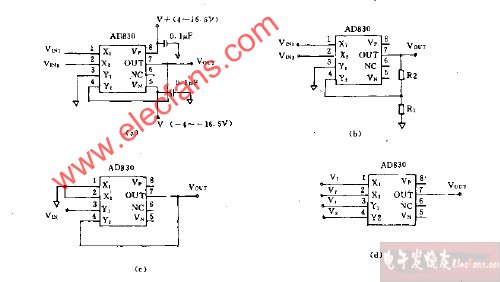
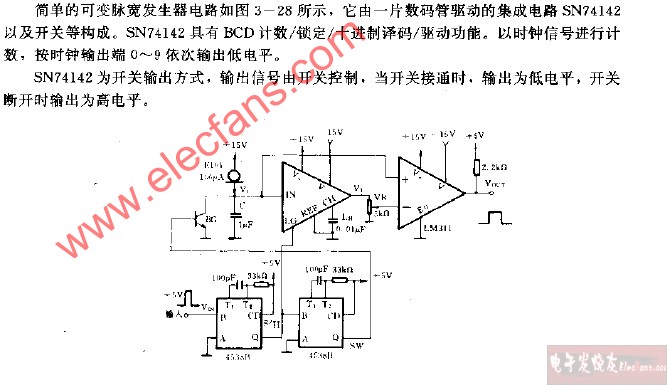

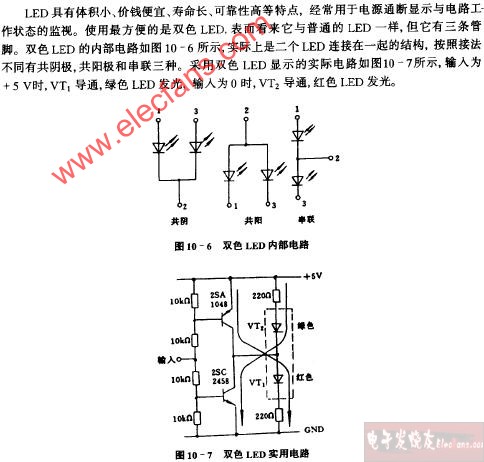

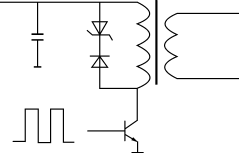
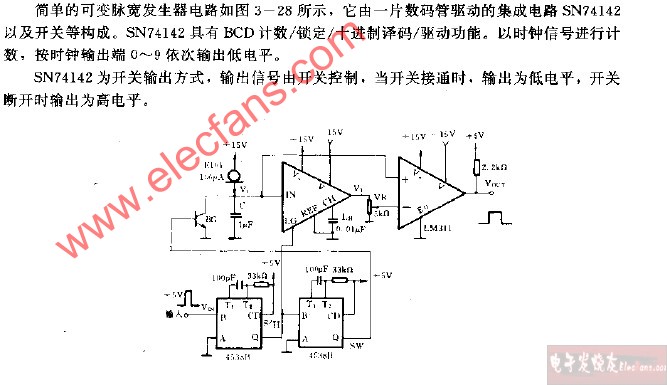

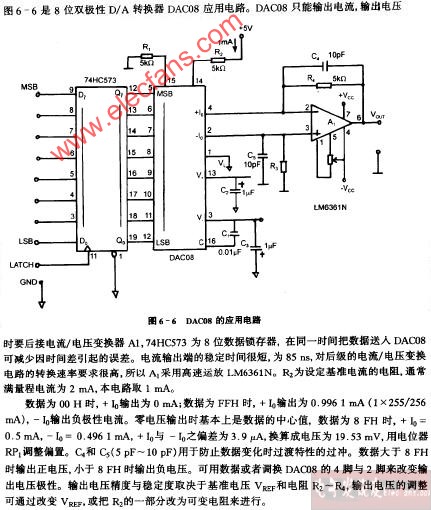
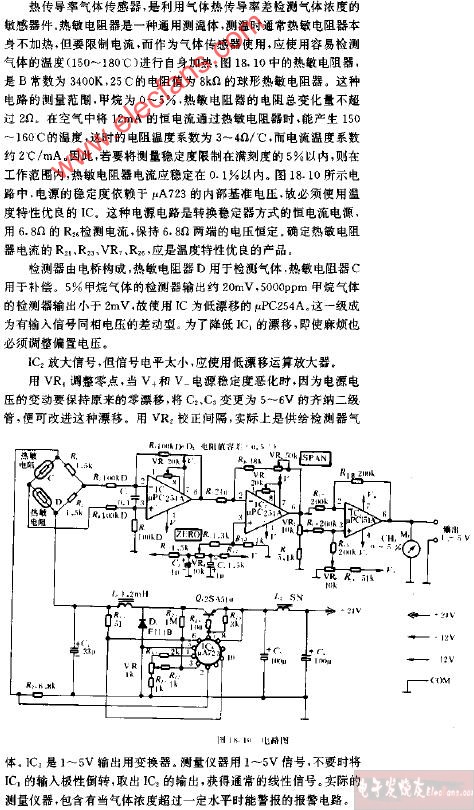
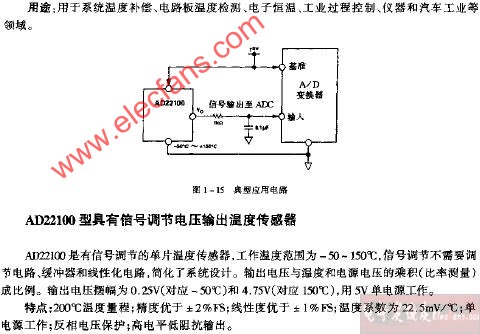

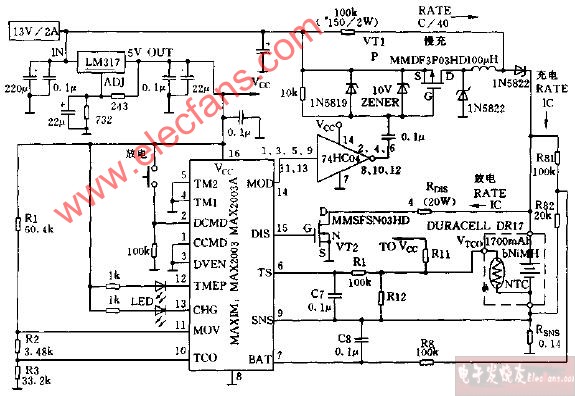
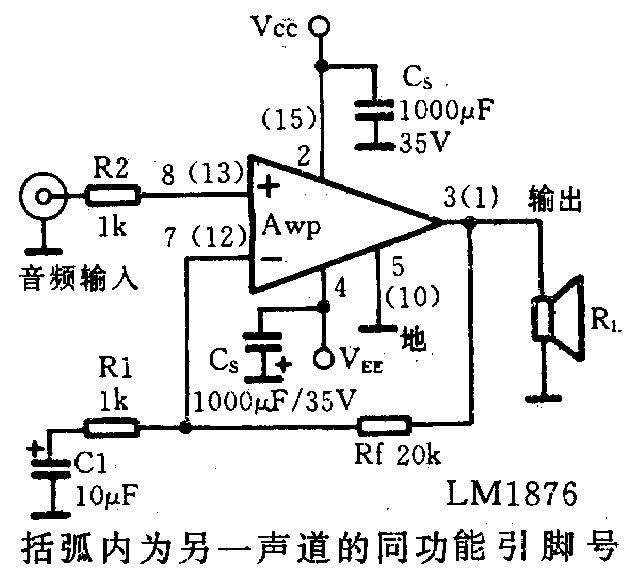
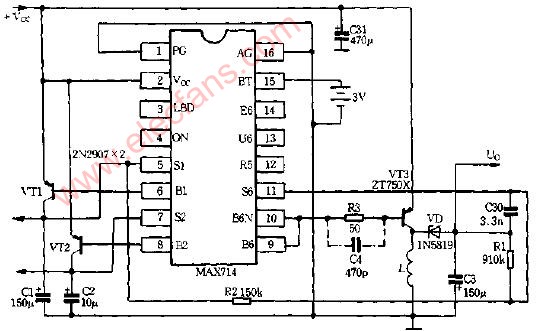
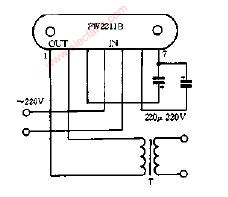
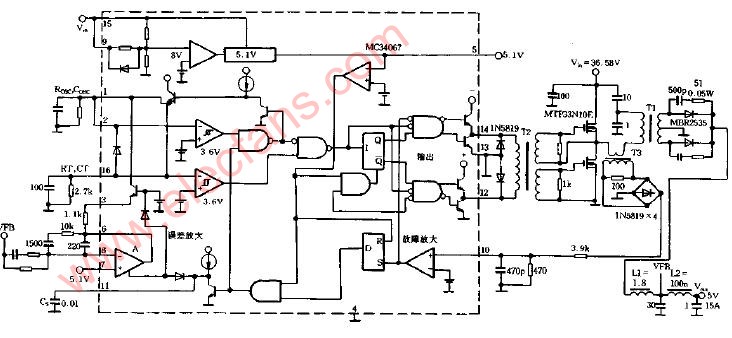
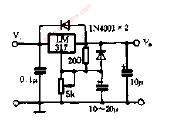
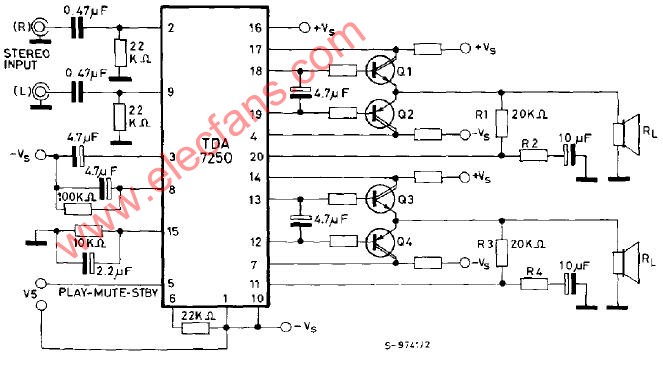
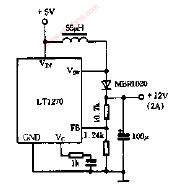
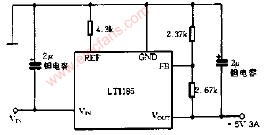
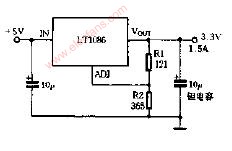


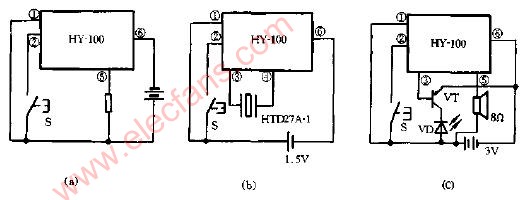
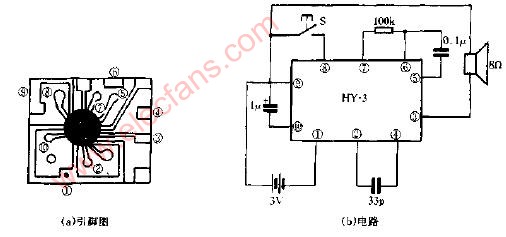
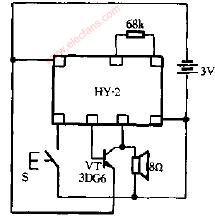
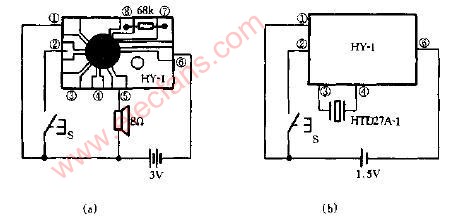
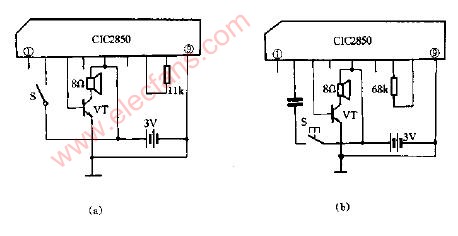

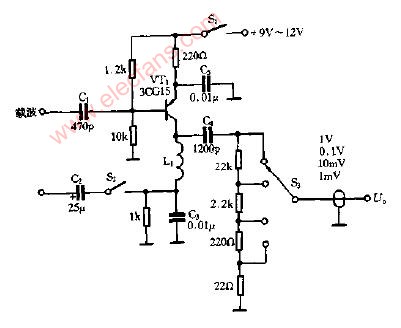
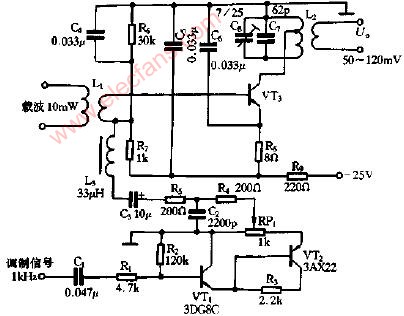
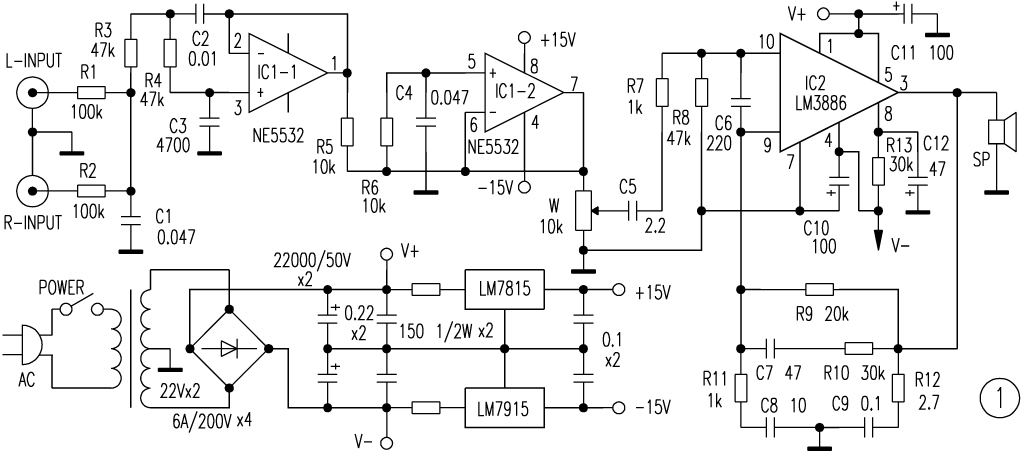
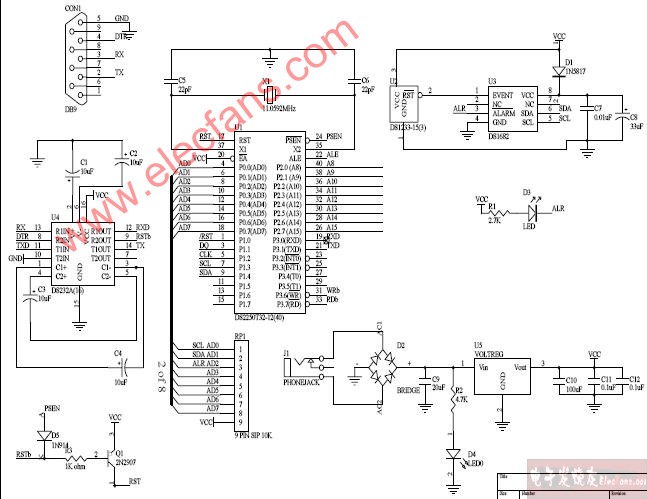
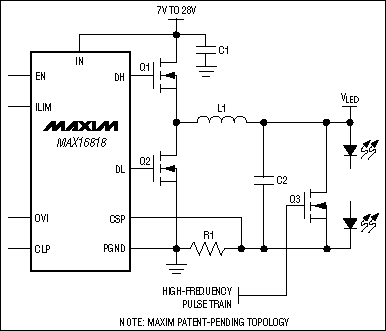

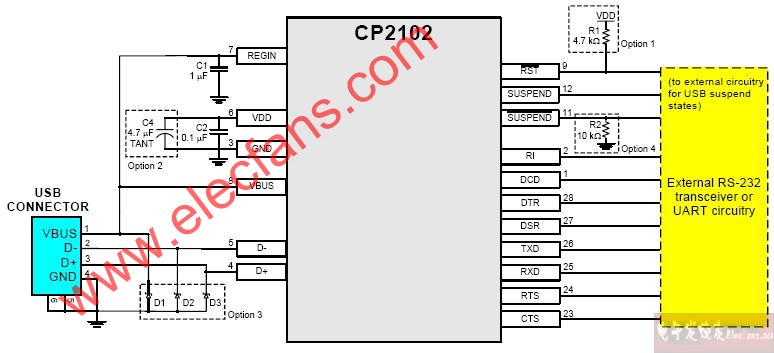
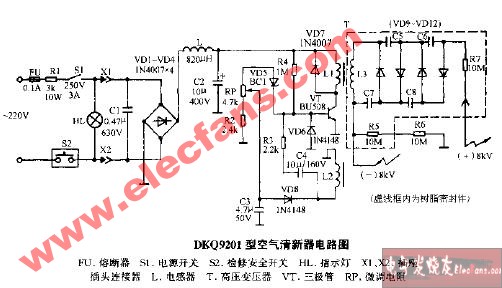
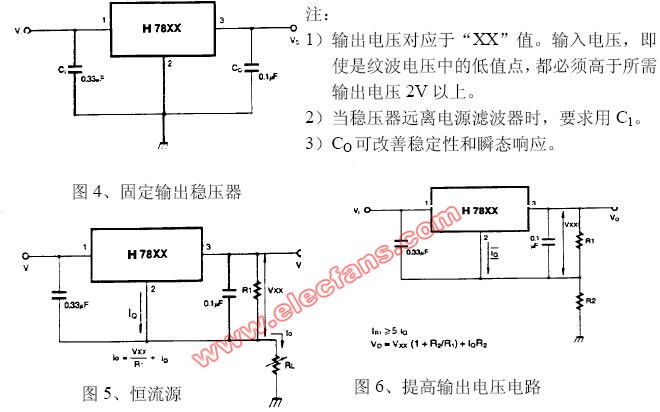

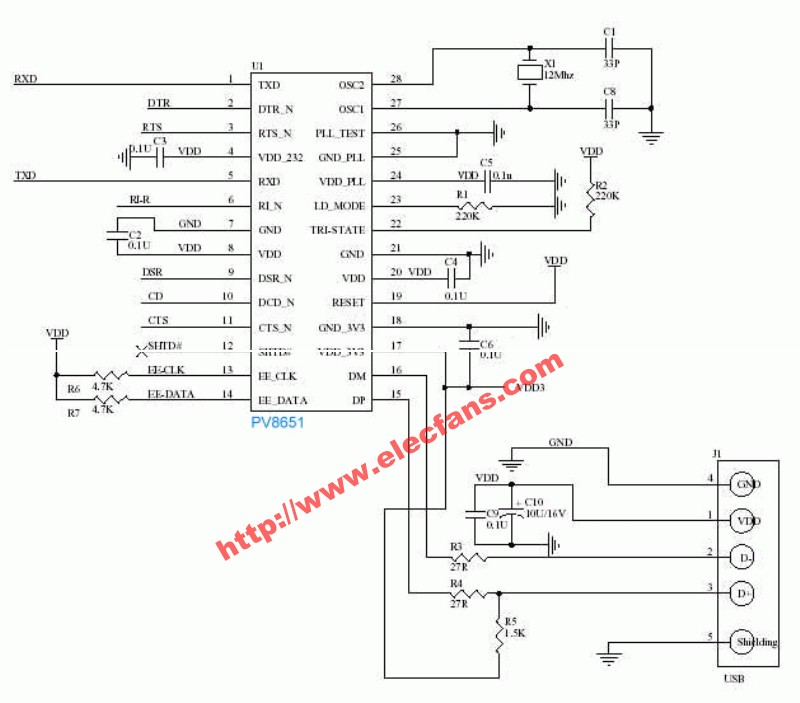
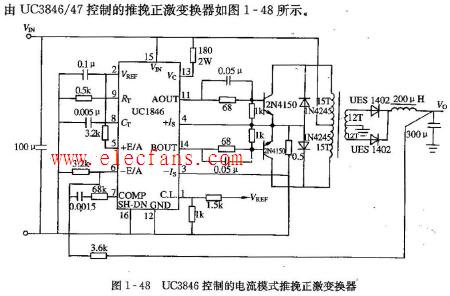
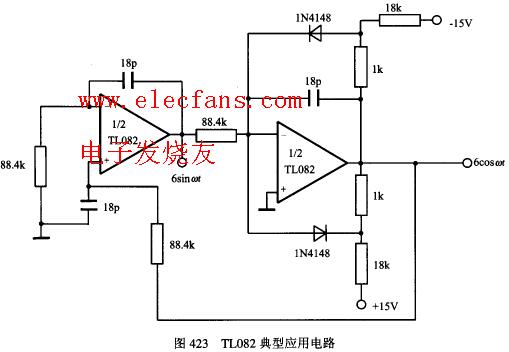
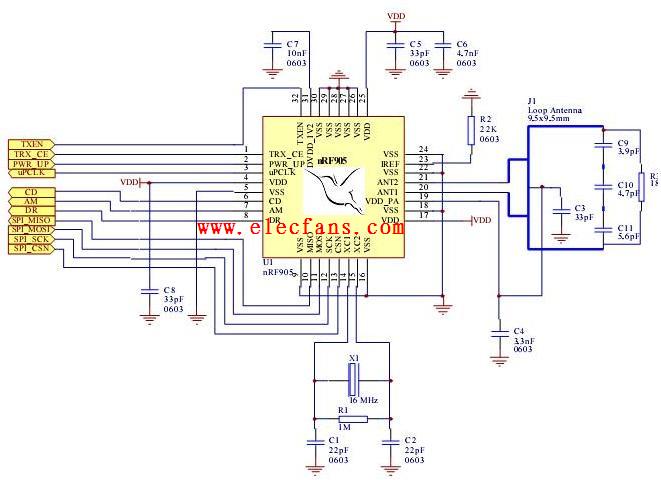
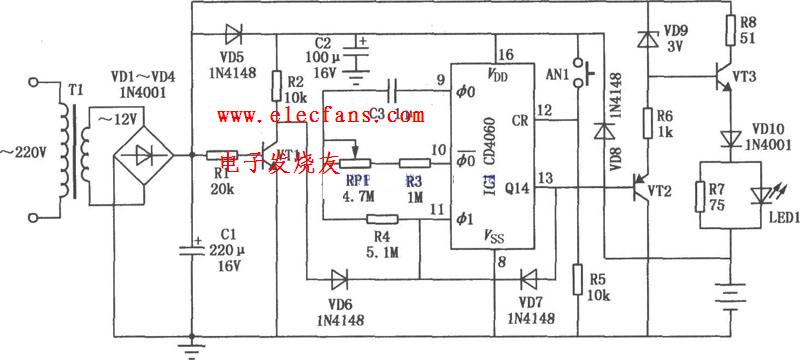
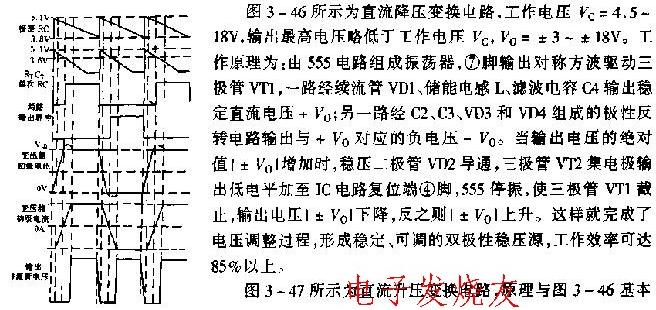
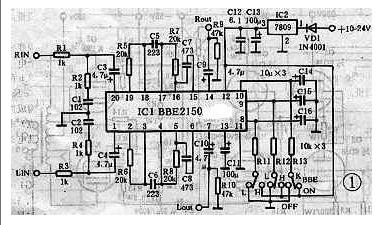
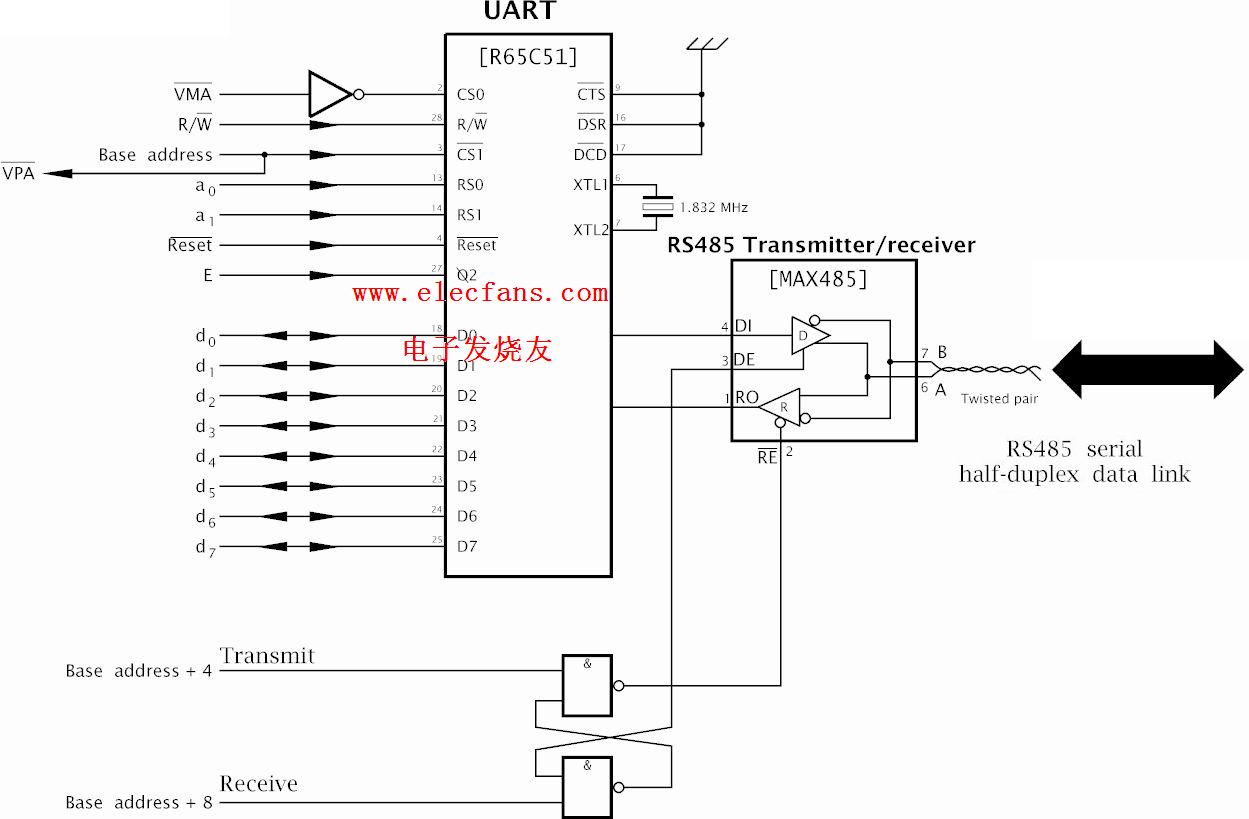
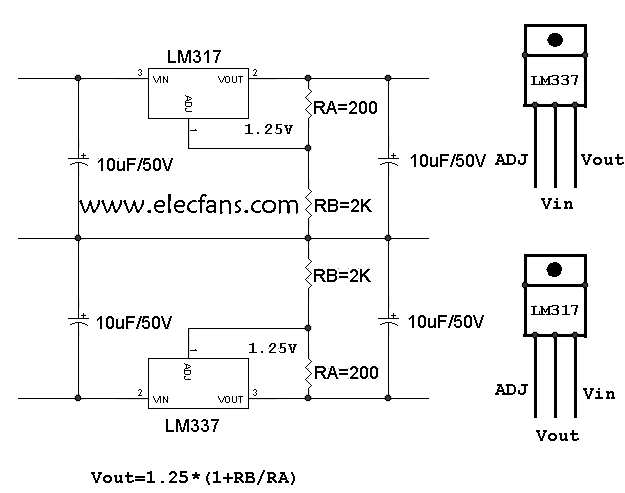










评论